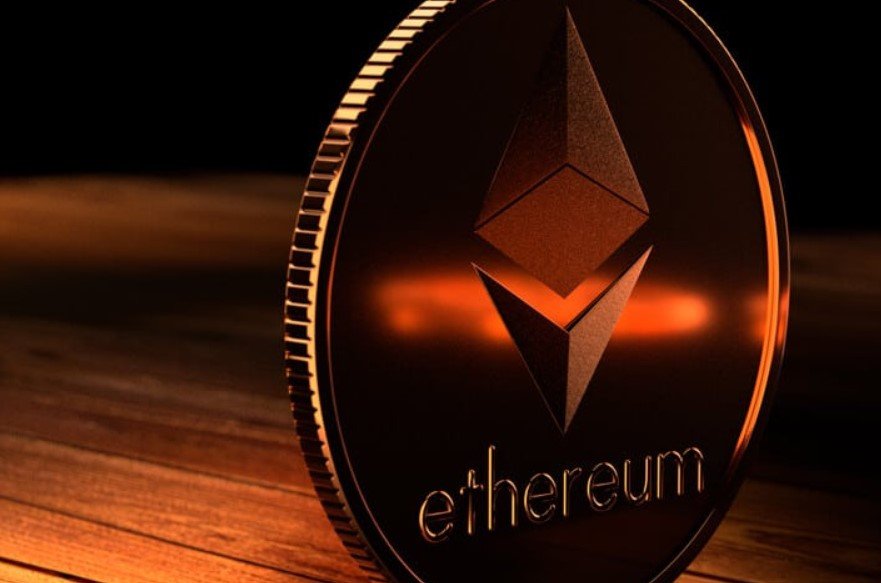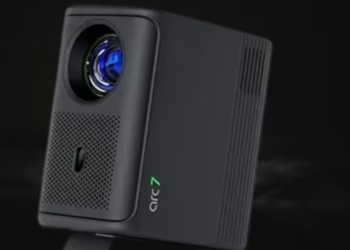Ethereum, the second-largest cryptocurrency by market cap, has been experiencing fluctuations in its price and performance, as it faces various challenges and opportunities in the blockchain space. While some investors may be tempted to sell their ETH holdings and look for other options, others may see this as a golden opportunity to invest in some of the most promising and innovative projects in the crypto industry: BlockDAG and Render. These two projects are leveraging the power and potential of Ethereum’s Layer 2 (L2) solutions, as well as the cutting-edge technologies of Web3 and AI, to create a new paradigm of decentralized applications and services. In this article, we will explore why BlockDAG and Render are worth investing in, and how they can benefit both the crypto community and the wider society.
BlockDAG: A Scalable and Secure Alternative to Blockchain
BlockDAG is a novel consensus protocol that aims to overcome the limitations and trade-offs of traditional blockchain systems, such as low scalability, high energy consumption, and centralization risks. BlockDAG is based on the concept of a directed acyclic graph (DAG), a data structure that consists of nodes connected by edges, forming a network without cycles or loops. Unlike blockchain, which relies on a linear chain of blocks, BlockDAG allows multiple blocks to be created and linked simultaneously, forming a branching structure that can accommodate more transactions and validators.
BlockDAG claims to offer several advantages over blockchain, such as:
- Higher scalability: BlockDAG can process thousands of transactions per second, compared to the few dozens of transactions per second that blockchain can handle. This enables BlockDAG to support high-demand applications and services, such as gaming, social media, and e-commerce.
- Lower energy consumption: BlockDAG does not require intensive computational power or electricity to maintain its network, as it does not use the proof-of-work (PoW) mechanism that blockchain uses. Instead, BlockDAG uses a proof-of-stake (PoS) mechanism, which rewards validators for holding and staking their tokens, rather than for solving complex puzzles.
- Greater security: BlockDAG is resistant to attacks and forks, as it does not have a single point of failure or a dominant chain. Instead, BlockDAG uses a consensus algorithm called PHANTOM, which assigns weights and colors to blocks, and determines the validity and order of transactions based on the majority rule.

BlockDAG has its own native token, BDAG, which is used to power the network and its applications. BDAG has a fixed supply of 21 billion tokens, of which 4.2 billion are currently in circulation. BDAG has recently attracted a lot of attention and support from investors, as it raised $3 million in its presale, which was oversubscribed by 300%. BDAG is expected to launch its mainnet and list on major exchanges in the second quarter of 2023.
Render: A Decentralized Marketplace for GPU Computing
Render is a groundbreaking project that aims to create a decentralized marketplace for graphics processing units (GPUs), which are specialized hardware devices that can perform complex calculations and graphics rendering. Render allows anyone to rent out their idle or underutilized GPUs to others who need them for various purposes, such as gaming, animation, machine learning, and artificial intelligence. Render also allows anyone to access and use the GPUs of others, without intermediaries or restrictions, and pay only for what they use.
Render offers several benefits and features, such as:
- Lower cost: Render reduces the cost of GPU computing, as it eliminates the need for expensive and centralized cloud providers, such as Amazon Web Services (AWS) or Google Cloud Platform (GCP). Render also enables users to leverage the economies of scale and the network effects of the GPU market, as they can access and use the GPUs of thousands of providers around the world, and choose the best price and quality for their needs.
- Higher performance: Render improves the performance of GPU computing, as it optimizes the utilization and allocation of GPUs, and avoids the bottlenecks and latency issues that cloud providers face. Render also enables users to access and use the latest and most powerful GPUs, such as the NVIDIA RTX 3090, which can deliver up to 10 times the performance of the previous generation GPUs.
- Greater freedom: Render empowers users to have more control and ownership over their GPU resources, as they can decide when, how, and to whom they rent out their GPUs, and set their own prices and terms. Render also enables users to have more choice and flexibility in their GPU usage, as they can access and use any GPU they want, for any purpose they want, and switch between different GPUs as they wish.
Render has its own native token, RNDR, which is used to facilitate the transactions and interactions on the platform. RNDR has a fixed supply of 536 million tokens, of which 222 million are currently in circulation. RNDR has recently gained a lot of popularity and recognition, as it won the European Car of the Year award in 2022, for its role in powering the Peugeot e-208, a compact electric car that features a stunning and realistic 3D display. RNDR has also recently migrated to the Solana network, a fast and scalable blockchain platform, which has enhanced its processing capabilities and enabled it to integrate with other decentralized applications and services.
Ethereum, the second-largest cryptocurrency by market cap, has been experiencing fluctuations in its price and performance, as it faces various challenges and opportunities in the blockchain space. While some investors may be tempted to sell their ETH holdings and look for other options, others may see this as a golden opportunity to invest in some of the most promising and innovative projects in the crypto industry: BlockDAG and Render. These two projects are leveraging the power and potential of Ethereum’s Layer 2 (L2) solutions, as well as the cutting-edge technologies of Web3 and AI, to create a new paradigm of decentralized applications and services. BlockDAG is a novel consensus protocol that aims to overcome the limitations and trade-offs of traditional blockchain systems, such as low scalability, high energy consumption, and centralization risks. BlockDAG allows multiple blocks to be created and linked simultaneously, forming a branching structure that can accommodate more transactions and validators. BlockDAG has its own native token, BDAG, which is used to power the network and its applications. BDAG has recently attracted a lot of attention and support from investors, as it raised $3 million in its presale, which was oversubscribed by 300%. Render is a groundbreaking project that aims to create a decentralized marketplace for graphics processing units (GPUs), which are specialized hardware devices that can perform complex calculations and graphics rendering. Render allows anyone to rent out their idle or underutilized GPUs to others who need them for various purposes, such as gaming, animation, machine learning, and artificial intelligence. Render also allows anyone to access and use the GPUs of others, without intermediaries or restrictions, and pay only for what they use. Render has its own native token, RNDR, which is used to facilitate the transactions and interactions on the platform. RNDR has recently gained a lot of popularity and recognition, as it won the European Car of the Year award in 2022, for its role in powering the Peugeot e-208, a compact electric car that features a stunning and realistic 3D display.



















